Home>Gardening & Outdoor>Plant Care & Gardening Tips>How Many Carbs In Raw Wildflower Honey?
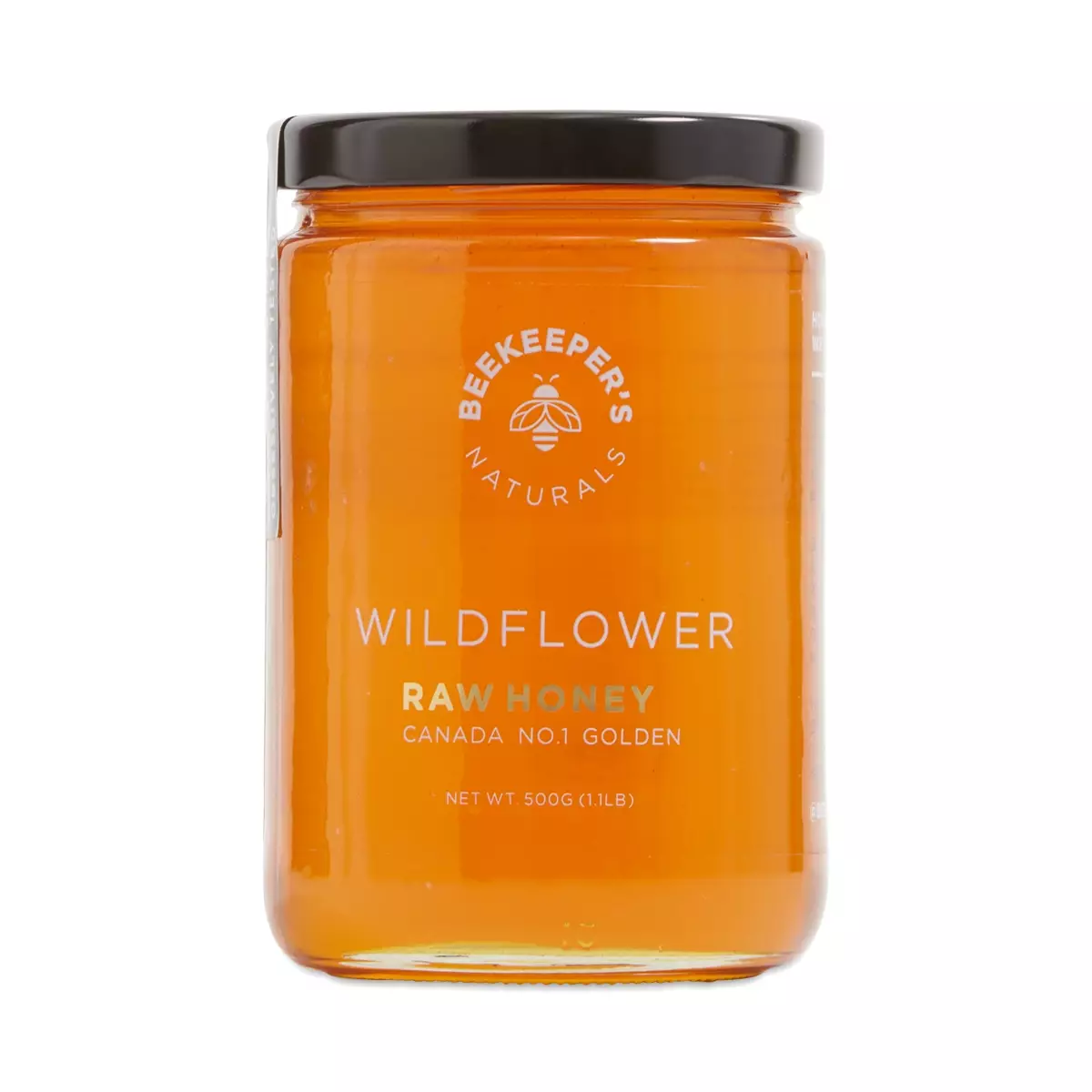

Plant Care & Gardening Tips
How Many Carbs In Raw Wildflower Honey?
Published: December 24, 2023
Discover the carb content of raw wildflower honey and get expert plant care and gardening tips. Learn how to maintain a healthy garden and enjoy the benefits of natural honey.
(Many of the links in this article redirect to a specific reviewed product. Your purchase of these products through affiliate links helps to generate commission for Storables.com, at no extra cost. Learn more)
**
Introduction
**
Welcome to the sweet and golden world of raw wildflower honey! Whether you're a fan of natural remedies, a culinary enthusiast, or a curious learner, the allure of raw wildflower honey is undeniable. This liquid gold has been cherished for centuries, celebrated for its rich flavor, and revered for its potential health benefits. In this article, we will delve into the captivating realm of raw wildflower honey, exploring its origins, nutritional content, and specifically, its carbohydrate composition. So, grab a cup of tea, find a cozy spot, and let's embark on a journey to unravel the mysteries of this delectable nectar.
**
Key Takeaways:
- Raw wildflower honey is a natural and unprocessed sweetener primarily composed of fructose and glucose, offering sustainable energy and a touch of indulgence in culinary creations.
- Embracing raw wildflower honey means savoring a product that encapsulates the essence of the natural world, from the vibrant wildflowers to the diligent work of honeybees.
Read more: How To Store Raw Honey
What is Raw Wildflower Honey?
**
Raw wildflower honey is a pure, unfiltered, and unpasteurized sweet substance produced by bees from the nectar of various wildflowers. Unlike processed honey, which undergoes heating and filtering, raw wildflower honey retains all the natural enzymes, pollens, and beneficial components that make it a sought-after delicacy.
One of the most enchanting aspects of raw wildflower honey is its diverse and complex flavor profile. The specific blend of nectars from different wildflowers imparts a unique taste that can range from delicate and floral to robust and earthy. This variation in flavor is a testament to the rich tapestry of wildflowers that bees have visited, capturing the essence of meadows, forests, and gardens in each spoonful of honey.
Moreover, raw wildflower honey is celebrated for its potential health benefits. It is believed to possess antioxidant properties, enzymes, and trace amounts of vitamins and minerals. Many proponents of natural remedies tout raw wildflower honey as a soothing elixir for sore throats, a natural energy booster, and a gentle aid for digestive wellness.
When it comes to appearance, raw wildflower honey exhibits a luscious, golden hue that can vary in intensity, reflecting the diverse floral sources that contribute to its creation. Its texture may range from smooth and creamy to crystallized, depending on factors such as temperature and the specific floral blend.
Embracing raw wildflower honey means savoring a product that encapsulates the essence of the natural world, from the vibrant wildflowers to the diligent work of honeybees. Its allure lies not only in its delectable taste but also in the story it tells of nature’s abundance and the intricate dance between plants and pollinators.
**
Nutritional Content of Raw Wildflower Honey
**
Raw wildflower honey is not only a tantalizing treat for the taste buds but also a source of various nutrients that contribute to its allure. While it is primarily composed of carbohydrates, namely fructose and glucose, it also contains trace amounts of essential vitamins, minerals, and enzymes.
One of the key nutritional components of raw wildflower honey is its rich supply of antioxidants. These natural compounds play a vital role in combating oxidative stress in the body, potentially offering protective benefits to overall health. The presence of antioxidants in raw wildflower honey underscores its potential as a wholesome addition to a balanced diet.
Additionally, raw wildflower honey contains enzymes that contribute to its status as a natural, unprocessed product. Enzymes such as diastase, invertase, and glucose oxidase are integral to the honey’s composition, reflecting the vitality and complexity of this golden elixir.
Furthermore, raw wildflower honey provides small amounts of essential vitamins and minerals, including vitamin C, calcium, and potassium. While these quantities may not be substantial, they contribute to the overall nutritional profile of raw wildflower honey, enhancing its appeal as a natural and wholesome sweetener.
It is important to note that the nutritional content of raw wildflower honey may vary based on factors such as the floral sources, processing methods, and storage conditions. As a result, the specific composition of vitamins, minerals, and enzymes in raw wildflower honey may exhibit subtle differences from one batch to another, adding a layer of intrigue to this natural delicacy.
When incorporating raw wildflower honey into your diet, it is essential to savor its nutritional richness while being mindful of its carbohydrate content. Understanding the nutritional composition of raw wildflower honey empowers individuals to appreciate its multifaceted nature and make informed choices regarding its consumption as part of a balanced lifestyle.
**
Raw wildflower honey contains approximately 17 grams of carbs per tablespoon. Be mindful of portion sizes to manage carb intake.
Carbohydrate Content in Raw Wildflower Honey
**
Carbohydrates serve as the primary macronutrient in raw wildflower honey, defining its sweet and energy-providing characteristics. The two main types of carbohydrates found in honey are fructose and glucose, which contribute to its distinct flavor and nutritional profile.
Fructose, a natural sugar with a pronounced sweetness, constitutes a significant portion of the carbohydrate content in raw wildflower honey. Its presence contributes to the luscious and indulgent taste that distinguishes honey as a beloved natural sweetener. Additionally, fructose serves as a source of sustainable energy, making raw wildflower honey a desirable alternative to refined sugars in culinary applications and beverages.
Glucose, another fundamental sugar present in raw wildflower honey, complements the sweetness of fructose while providing a quick and accessible source of energy. The combination of fructose and glucose in honey contributes to its appeal as a versatile and natural ingredient, lending its distinctive sweetness to a myriad of recipes and culinary creations.
It is important to note that the carbohydrate content in raw wildflower honey, while predominantly composed of fructose and glucose, also includes smaller amounts of other sugars such as maltose and sucrose. These naturally occurring sugars contribute to the overall composition of carbohydrates in honey, adding depth to its flavor and nutritional richness.
From a nutritional standpoint, the carbohydrate content in raw wildflower honey provides a source of natural energy, making it an appealing option for individuals seeking alternatives to refined sugars. The complex interplay of sugars in honey, coupled with its nuanced flavor profile, underscores its potential as a wholesome and flavorful addition to a balanced diet.
When considering the carbohydrate content of raw wildflower honey, it is essential to approach its consumption mindfully, savoring its natural sweetness while being mindful of portion sizes. By appreciating the carbohydrate composition of raw wildflower honey, individuals can embrace its role as a natural and unprocessed sweetener, adding a touch of indulgence to culinary creations and beverages.
**
Conclusion
**
As we conclude our exploration of raw wildflower honey, we are left with a profound appreciation for this exquisite gift from nature. From its diverse flavor profile to its nutritional richness, raw wildflower honey embodies the essence of natural abundance and the intricate relationship between bees and wildflowers.
Raw wildflower honey captivates the senses with its golden hue, offering a glimpse into the vibrant tapestry of wildflowers that grace meadows, woodlands, and gardens. Its complex flavor, ranging from delicate and floral to robust and earthy, reflects the diverse nectars gathered by industrious honeybees, encapsulating the essence of the natural world in each spoonful.
Delving into the nutritional content of raw wildflower honey reveals a treasure trove of antioxidants, enzymes, vitamins, and minerals. Its carbohydrate composition, primarily consisting of fructose and glucose, positions raw wildflower honey as a natural and wholesome sweetener, offering a source of sustainable energy and a touch of indulgence in culinary creations.
Embracing raw wildflower honey is not only a culinary delight but also a celebration of nature’s bounty and the tireless work of honeybees. Its potential health benefits, coupled with its enchanting flavor and nutritional richness, make it a versatile and cherished addition to a balanced lifestyle.
As you savor the golden sweetness of raw wildflower honey, may you find joy in its natural splendor and the stories it whispers of sun-kissed meadows and bustling hives. Whether drizzled over yogurt, stirred into tea, or incorporated into a delectable recipe, raw wildflower honey invites us to indulge in the wonders of the natural world, one delectable spoonful at a time.
Frequently Asked Questions about How Many Carbs In Raw Wildflower Honey?
Was this page helpful?
At Storables.com, we guarantee accurate and reliable information. Our content, validated by Expert Board Contributors, is crafted following stringent Editorial Policies. We're committed to providing you with well-researched, expert-backed insights for all your informational needs.
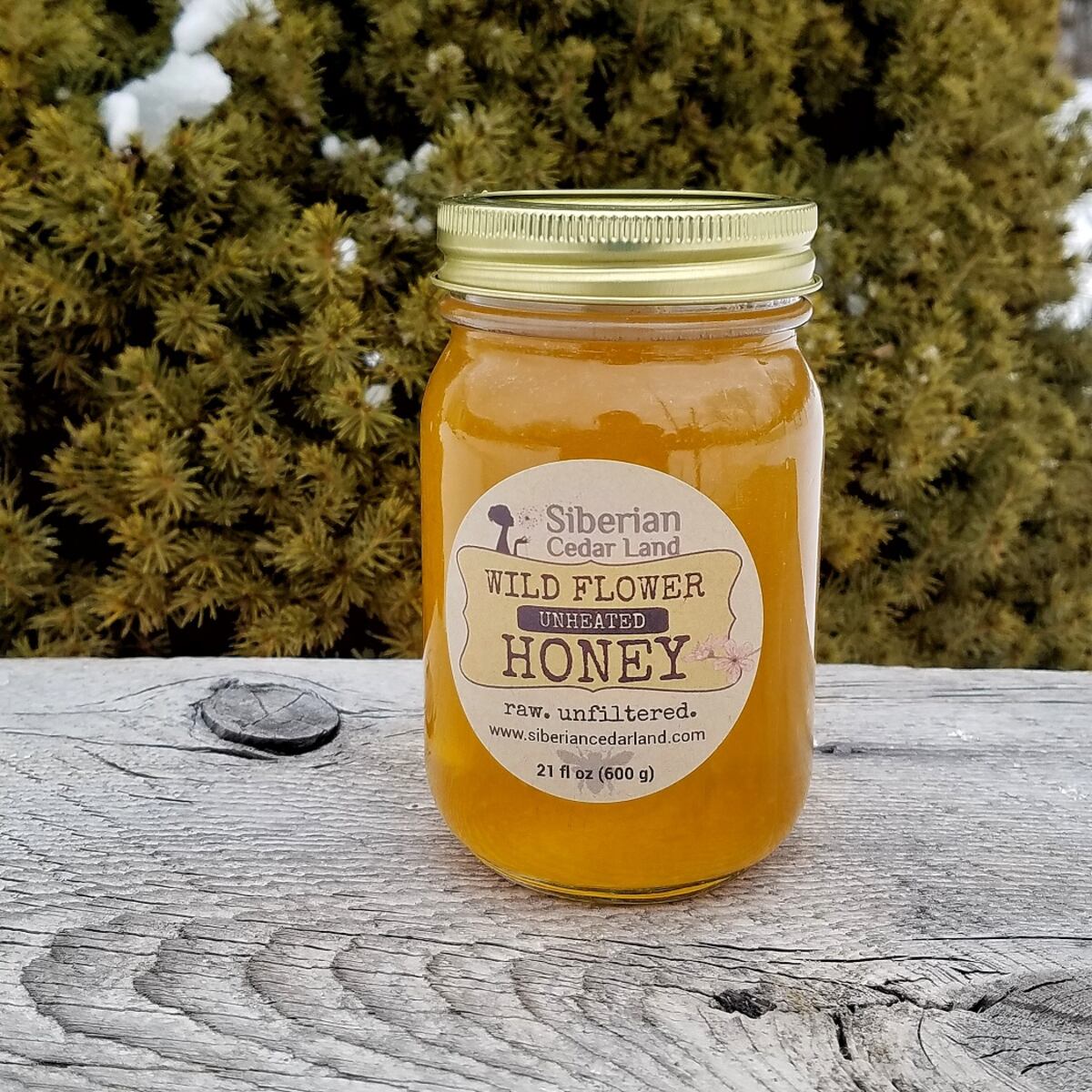
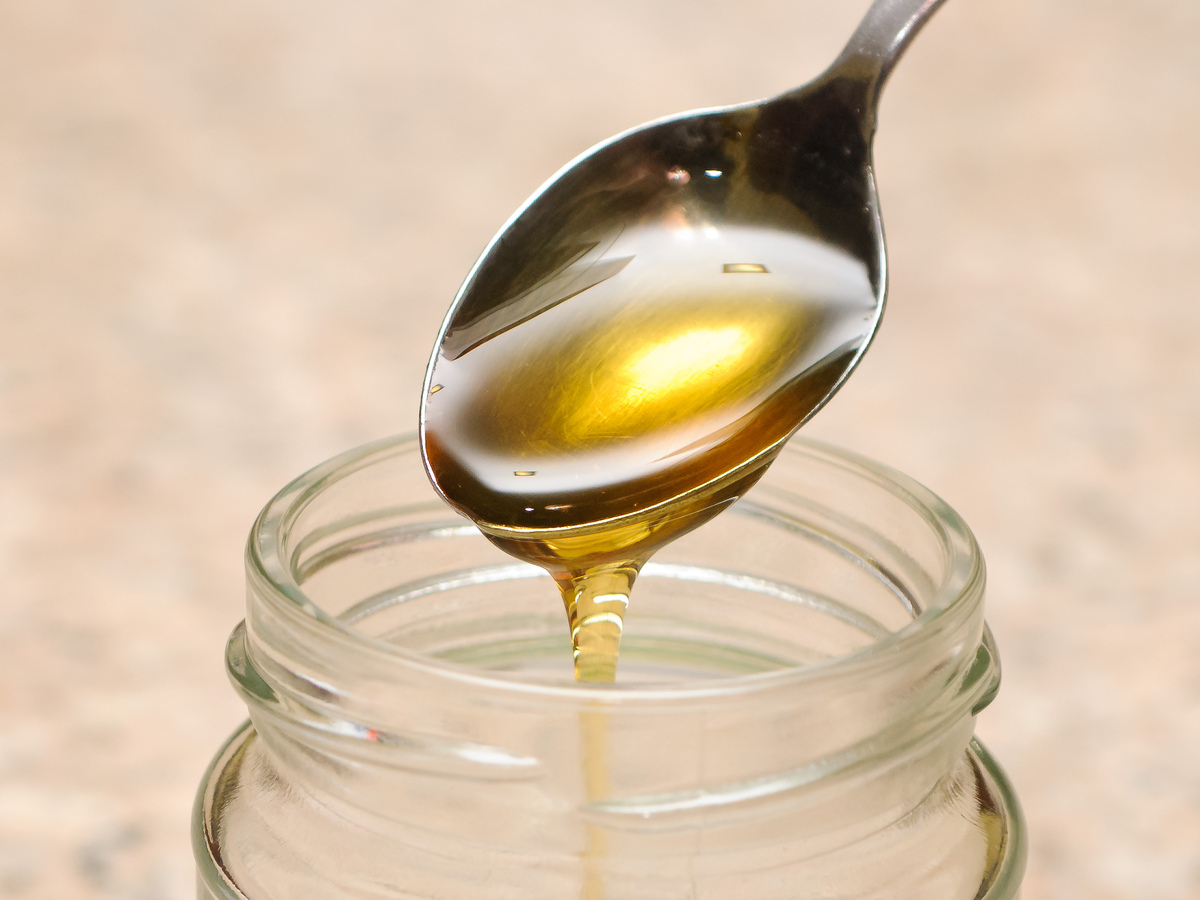
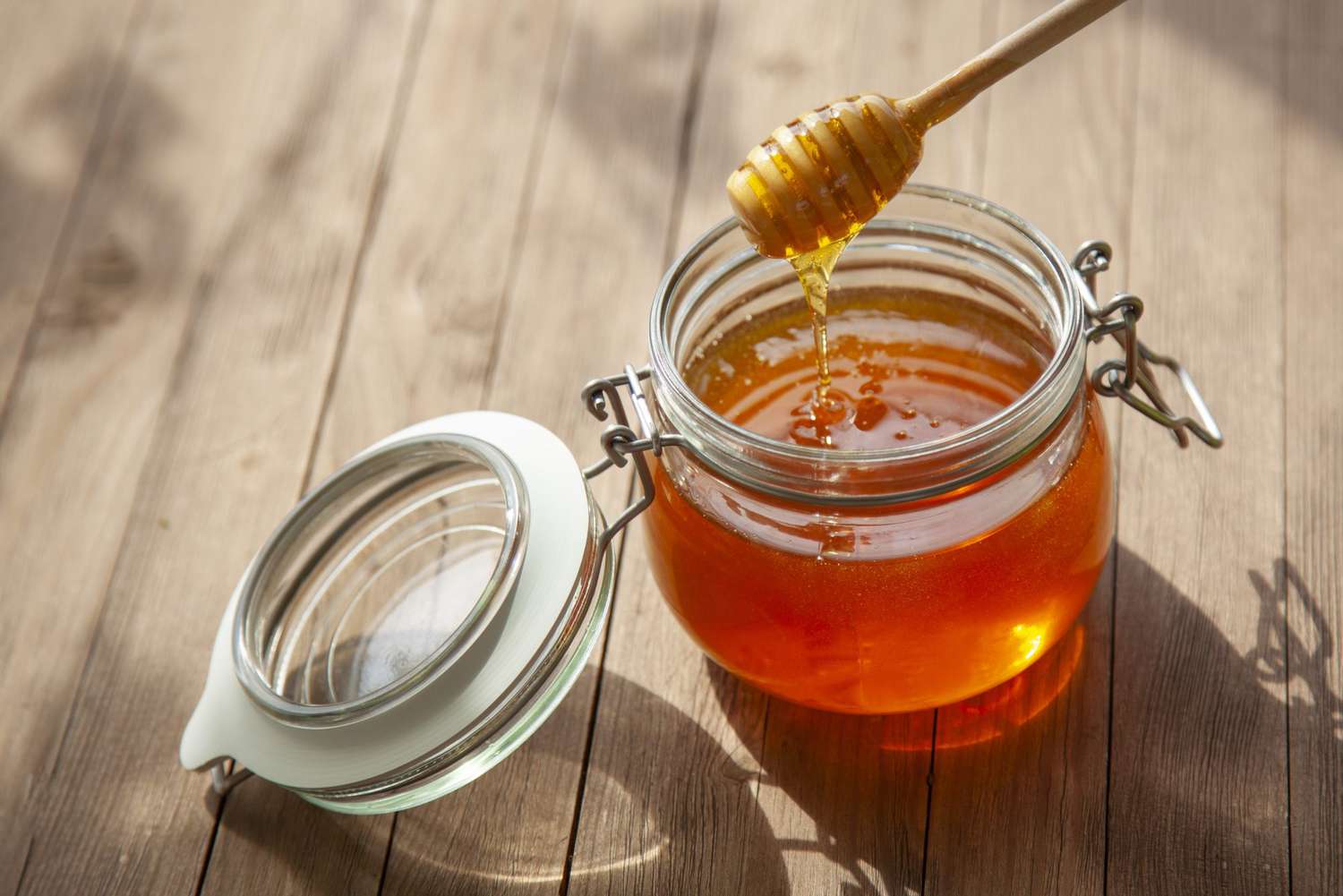
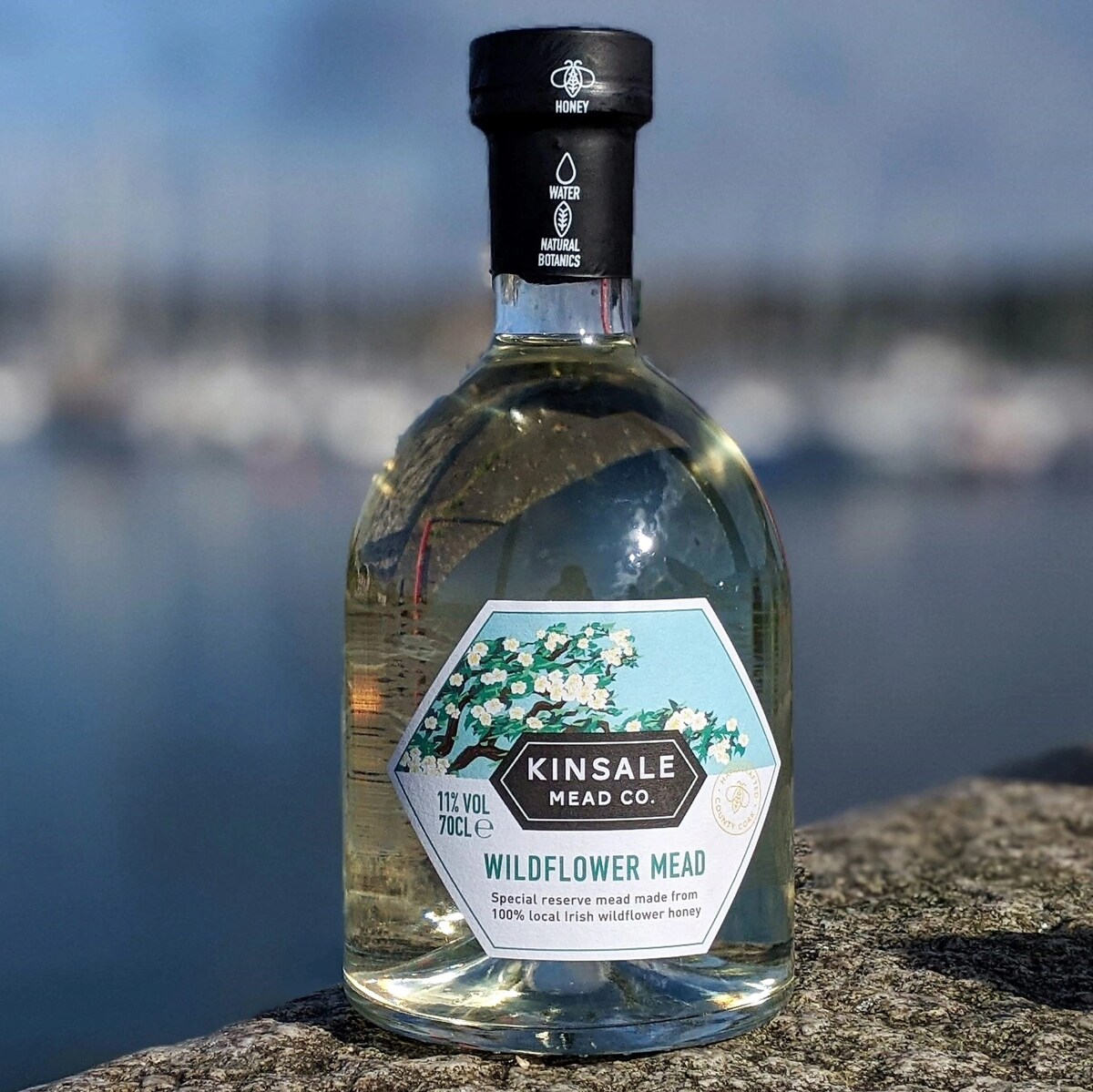
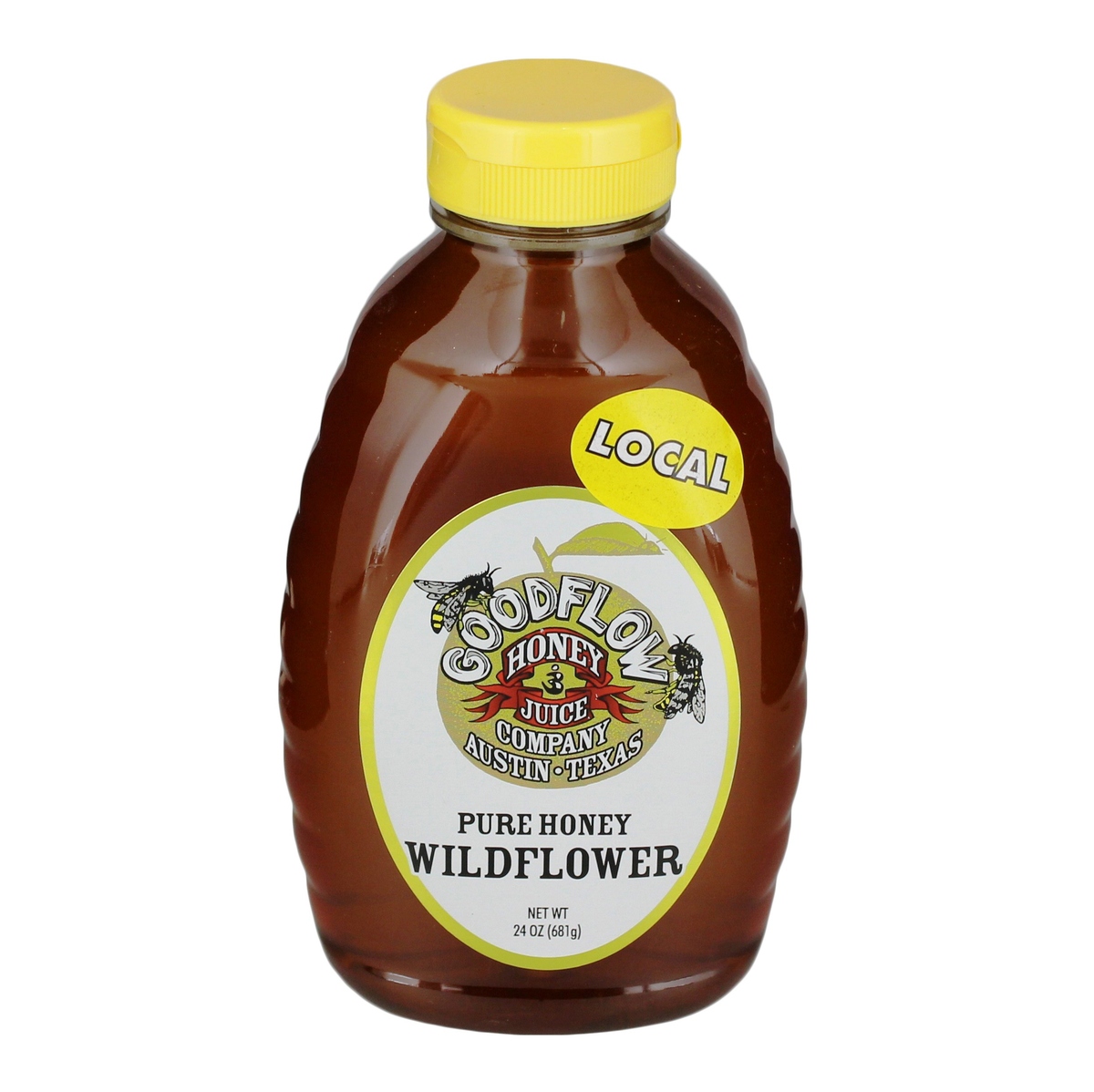
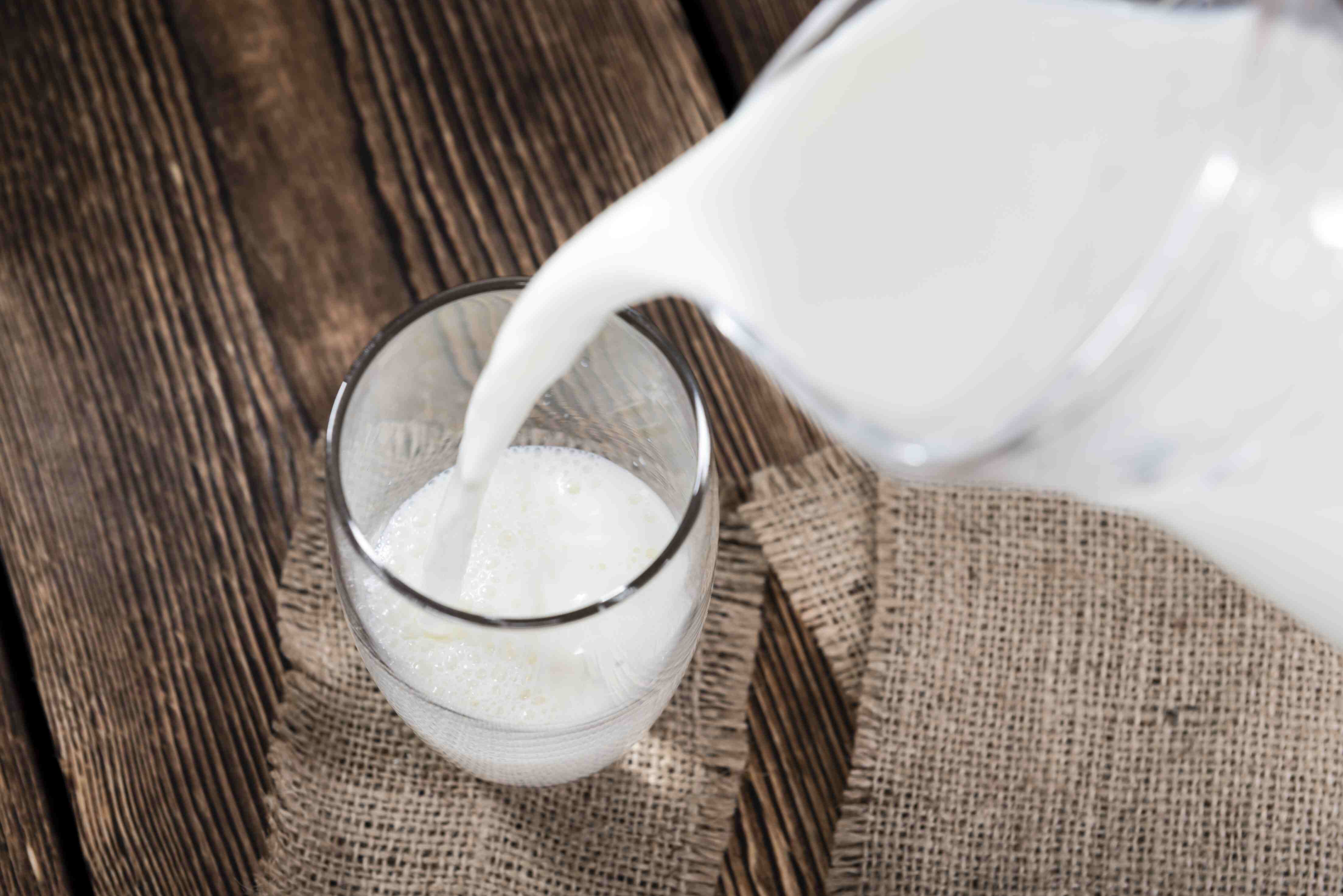
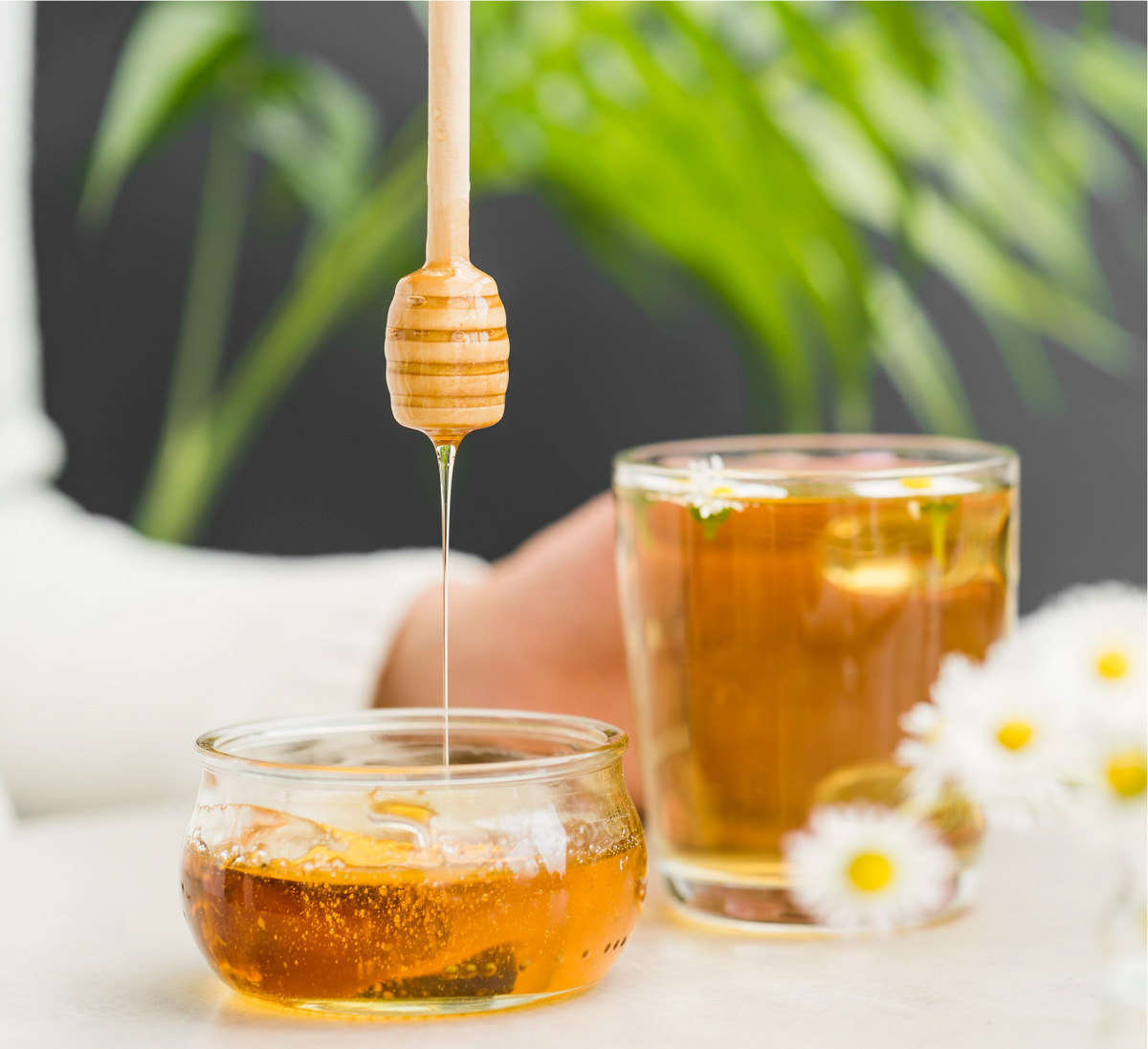




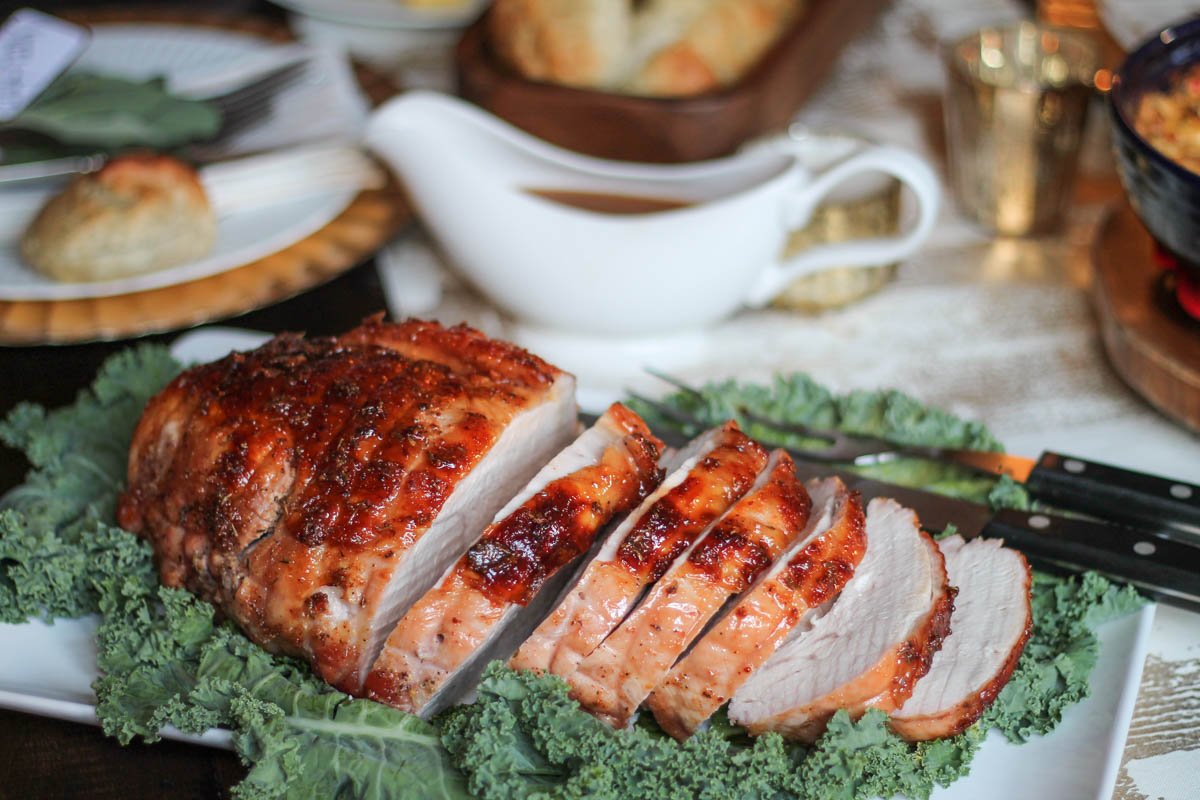
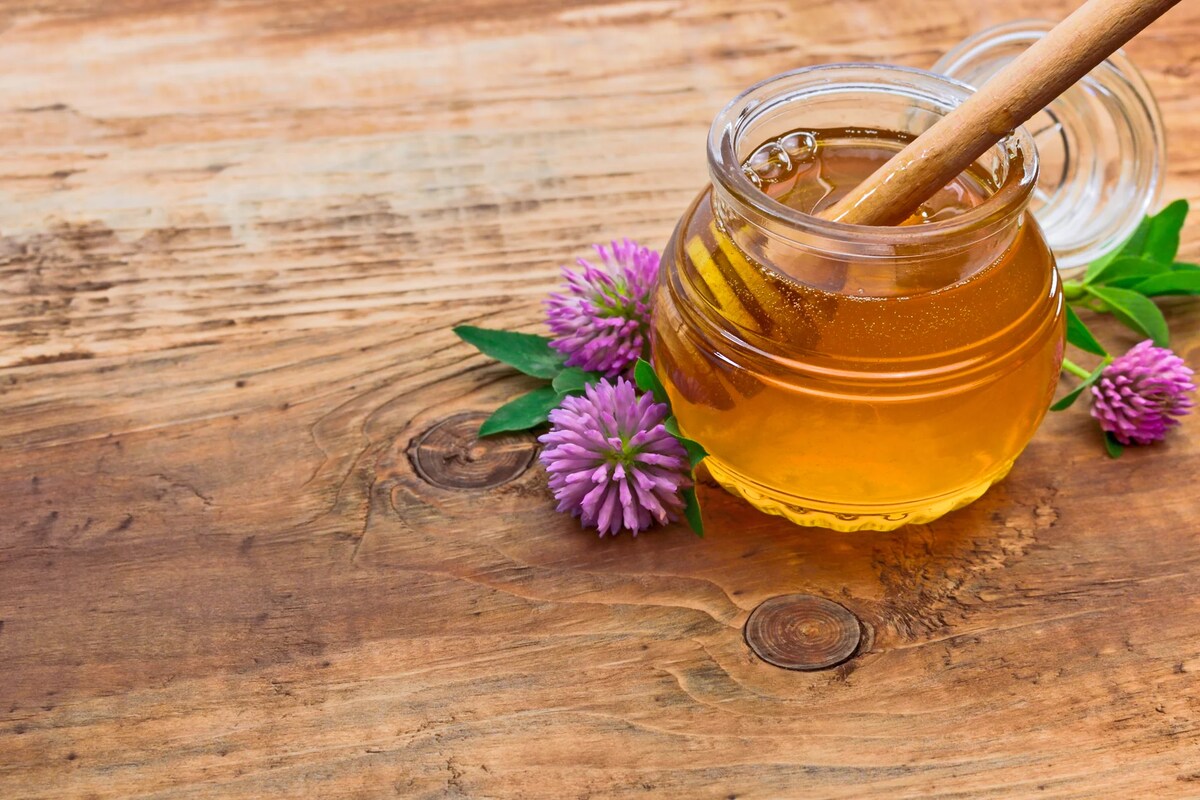
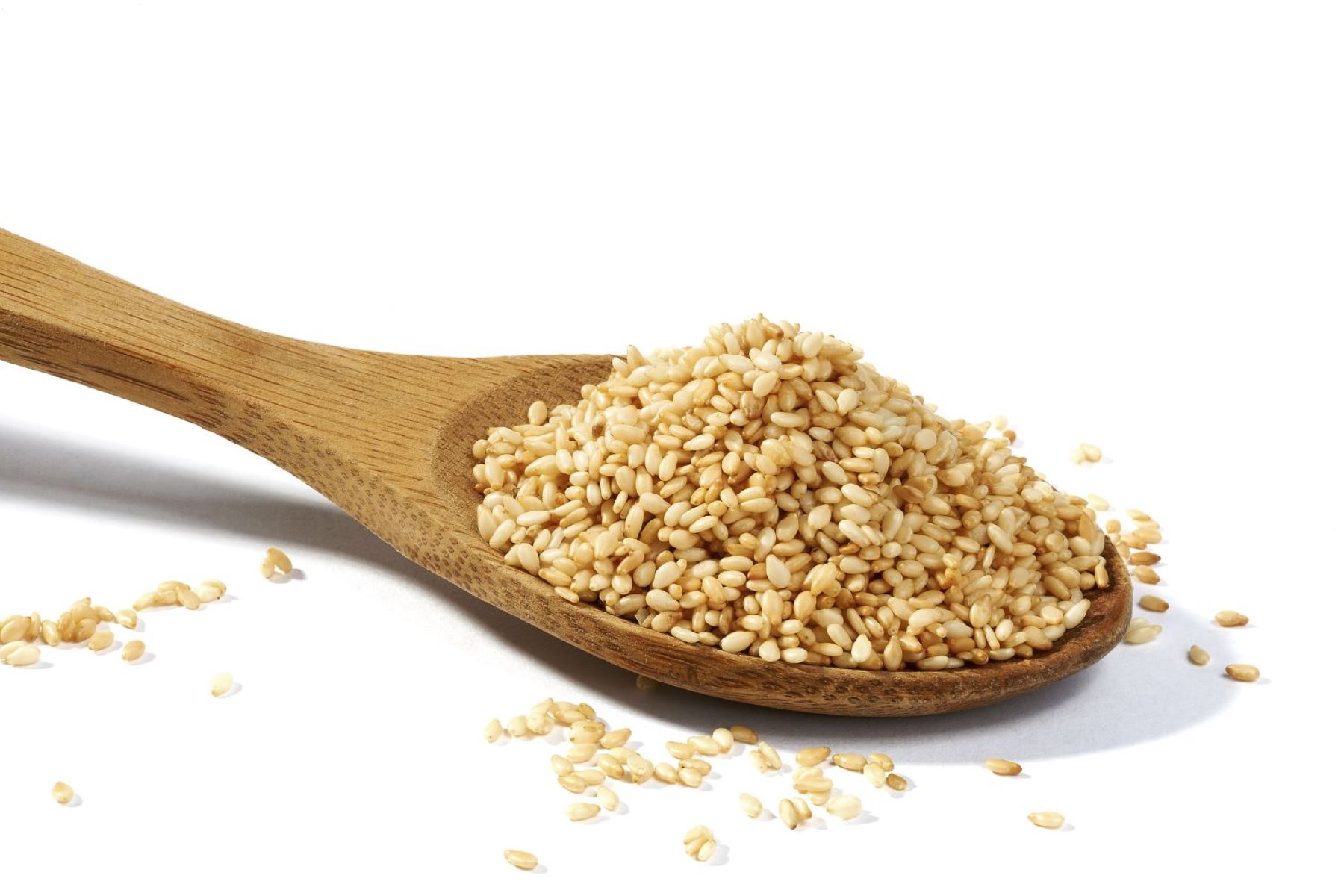


0 thoughts on “How Many Carbs In Raw Wildflower Honey?”